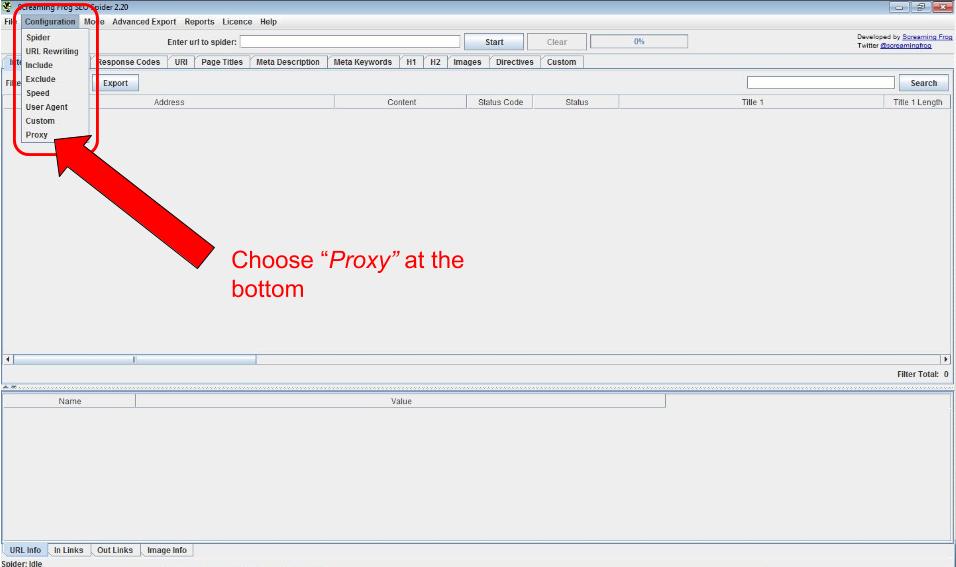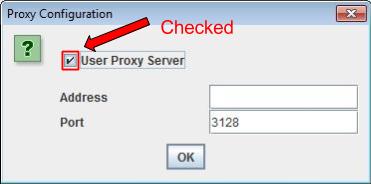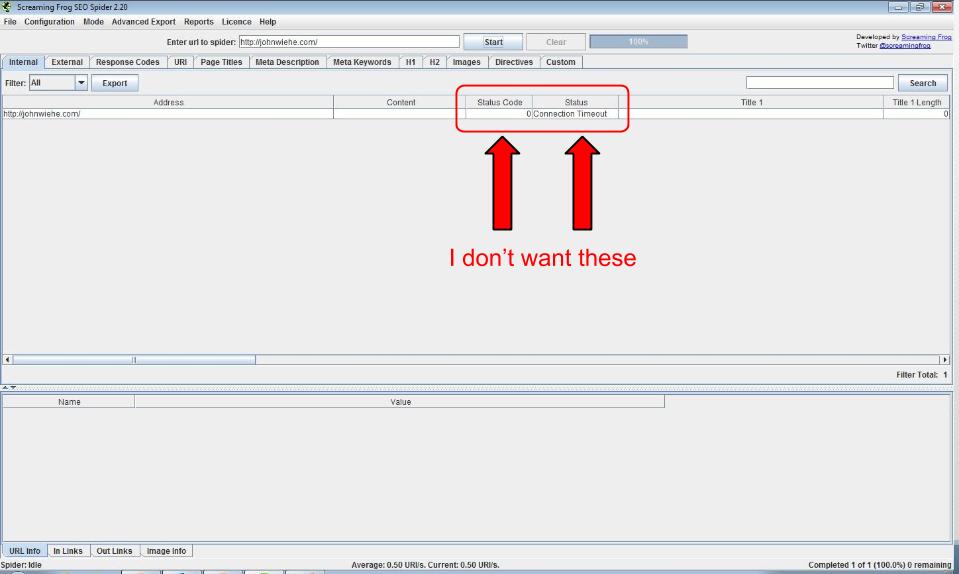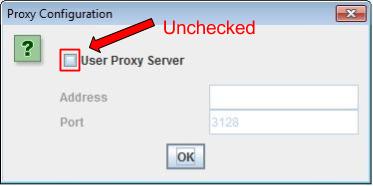I really like human media and Web Real-Time Communication (WebRTC). I like them so much that I presented their potential positive affects on SEO in the future. The gist of my presentation is human media and WebRTC will enhance SEO because they communicate between companies and customers in real time. Real-time communication can increase relevancy and value because of its speed between clients answering the questions and needs of their customers.
Veterans United wanted their fall interns to present new ideas to them, which is why there are a few references to them and the VA loan process.
Human media is a layer of social media that uses video, not text, to communicate.
Web Real-Time Communication is an API allowing for voice calls, video chats and sharing files without plug-ins in browsers.
The best SEOs have skills that have nothing to do with SEO. Its about navigating the company. #pubcon
— Nathan Safran (@Nathan_Safran) October 23, 2013
I like Nathan’s Tweet because SEOs who expand on the basics of content and context have improved the SEO field. The innovators and sustainers of SEO have the quickest and most dynamic minds. They navigate by holding to the essentials while looking forward to new solutions because they want to help out their clients, customers and our industry.
Please slide through my presentation below and leave your questions or comments in the comments sections.
PowerPoint Pro Tip
Save your PowerPoint presentations as a PowerPoint Show. The end of those files read .pps or .ppsx. Saving PowerPoints in PowerPoint Show will directly start your presentation.













